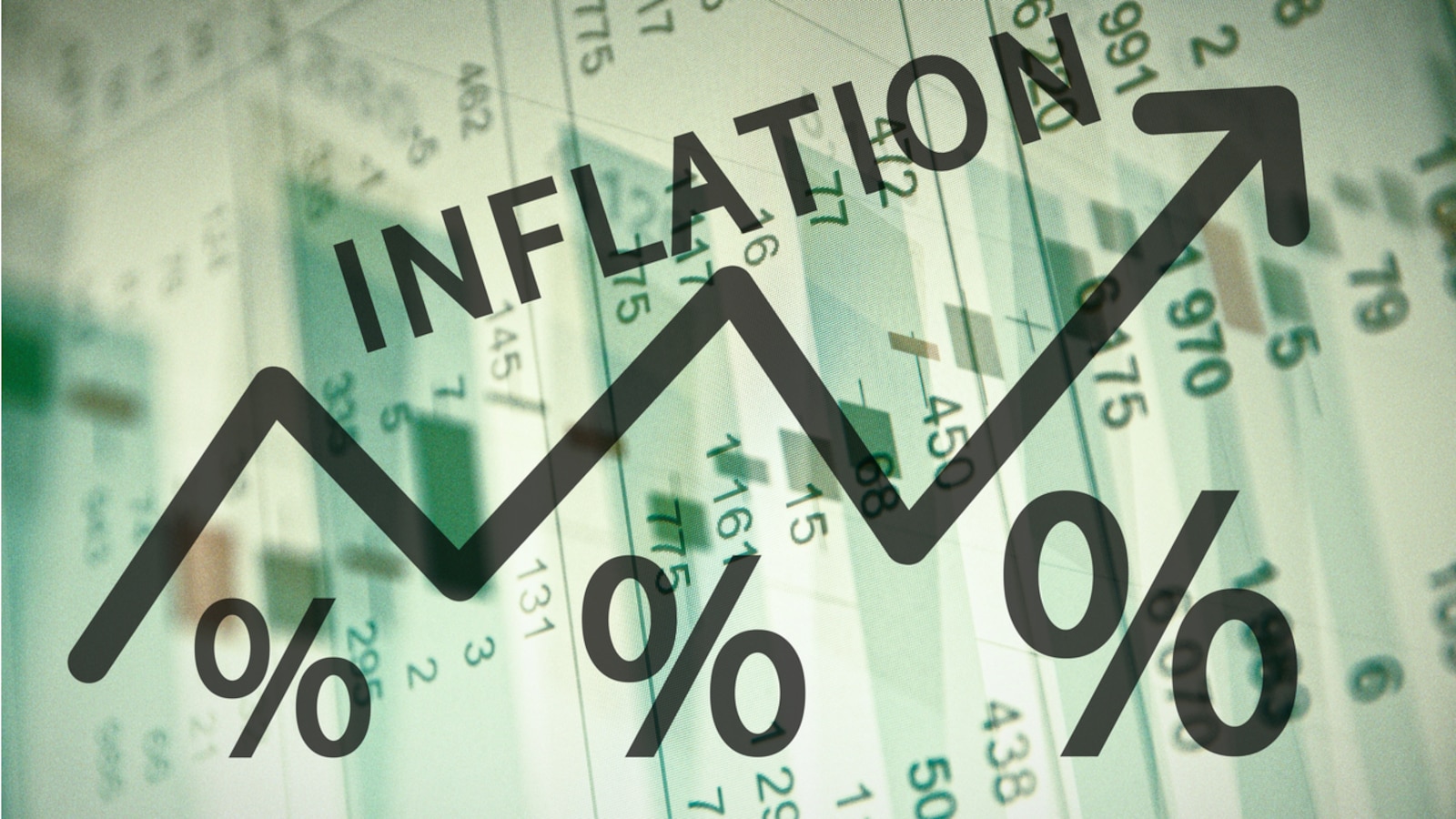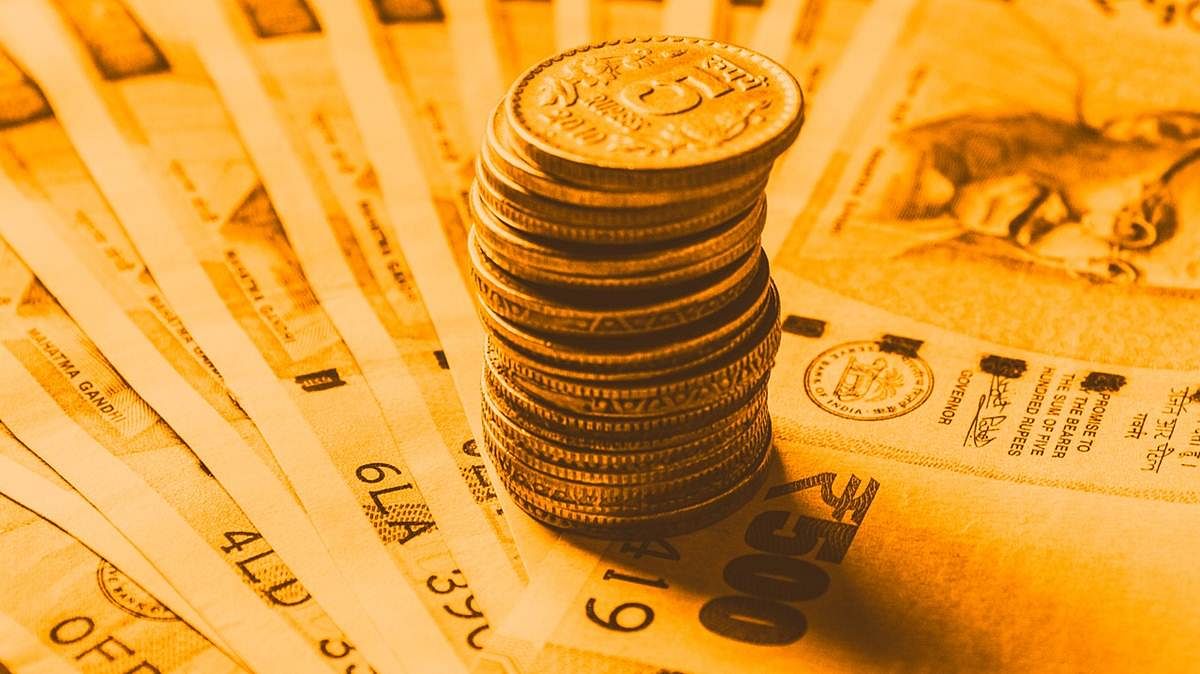Finance Ministry: India’s economic growth is on track, better than the world as a whole

Finance Ministry: India’s economic growth is on track, better than the world as a whole
Despite concerns about global growth that have been heightened by the Russia-Ukraine war, increasing living expenses, a deteriorating energy crisis, a strong monetary tightening, and global financial market volatility, India is expected to have one of the fastest-growing economies this year.
The finance ministry stated in its monthly economic assessment for September that the country’s medium-term economic growth rate is expected to be over 6%, indicating that India’s growth and stability worries are lower than those of the entire globe. According to the study, which was issued on October 22 by the finance ministry, “a long-awaited domestic investment cycle that had started will accelerate once current external shocks – geopolitical crises and monetary tightness – recede.” Indian banks and corporations have prepared balance sheets for it. After several years of development, India’s public digital infrastructure is ready to make a significant contribution to the formalization of financial access for consumers and smaller companies in India.
Further supporting India’s relative appeal as a location for investments are recent events on the international stage, the ministry continued. India is expected to have one of the fastest growing economies in the world this year, despite concerns about global growth that have been exacerbated by the conflict in Russia and Ukraine, rising living expenses, a worsening energy crisis, a sharp monetary tightening, and global financial market volatility.
According to Prime Minister Narendra Modi, the second-most populous nation in the world has so far escaped the effects of the current economic crisis.
The finance ministry stated that the cost and availability of electricity globally continue to worry. “Supply chain constraints that have lately subsided may become more intense due to geopolitical tensions. If this is the case, inflation may rise in 2023 rather than fall,” it continued.
The medium-term prospective growth rate, which has been supported by capital creation and a boost to digitalization, is constrained by learning losses brought on by pandemic-induced shutdowns and growing obesity rates.

The benefits of restoring the economy’s capacity for growth and allowing it to do so after at least five years of financial strain, the pandemic, the shock of global inflation, and the tightening of financial conditions would be impossible for the world to ignore, the ministry stated. The government’s capital spending, which was 46.8% greater through the end of August than it was during the same time last year, was given a boost during the first half of the current fiscal year, which featured a growth story.
Stronger revenue collection helped to finance rising CAPEX and keep the fiscal deficit in line with anticipated levels for August. High capital spending, increased food and fertilizer subsidies, and excise tax reductions to control inflation, according to the finance ministry, might have caused the deficit to balloon.
Future of inflation

Even though the rise in food prices appears to have been a major factor in driving up retail inflation in September, the key price indicator is predicted to trend lower over the remaining fiscal year, barring any extreme weather conditions, according to the ministry.
The future course of inflation is dependent on geopolitical developments, however, since high import inflation is anticipated to be a downside risk given the uncertainty surrounding the outlook for crude oil. The danger is further increased by the strengthening US currency, according to the report.
Following three consecutive quarters of inflation above the target range of 2 percent to 6 percent, the Reserve Bank is now required by law to submit a report to the government. The monetary authority anticipates that inflation will moderate to the objective of 4% during the next two years.
Rupee, the deficit in current accounts

Slowing exports and rising imports have increased India’s trade imbalance, raising worries about a widening current account deficit with the rest of the globe.
Regarding the nation’s international standing, the finance ministry is optimistic.
With a decline in global commodity prices, the current account deficit should stop growing. As India diversifies its crude imports to include non-traditional sources, it was stated that the price of crude oil may also fall for the country. Once the government is no longer compelled to impose export tariffs and other limitations on exports to reduce inflationary pressures, merchandise exports and consequently the current account deficit should also improve.
The ministry stated that “services exports may also rise” as a result of “rampant wage inflation in industrialized economies making domestic sourcing expensive, opening up options for outsourcing to low-wage nations, like India.”
According to the research, the Reserve Bank of India forecasts that the current account gap would be under 3% of the gross domestic product for this fiscal year, which can be financed because consistent capital flows are anticipated. The current pressure on the rupee is “not wholly unexpected,” according to historical data, as the dollar tends to strengthen versus the majority of other currencies whenever the Federal Reserve tightens monetary policy.
However, the macroeconomic fundamentals of the Indian economy are now better, and forex reserves are enough, the finance ministry stated, in contrast to the taper tantrum in 2013 when the US Dollar surged against the currencies of major EMEs.
The RBI’s earlier-this-year set of actions should further stabilize flows and strengthen the currency, it was said.
Over the past few months, the rupee has been falling to new lows versus the dollar, but it has outperformed many developed and developing market rivals.
edited and proofread by nikita sharma



